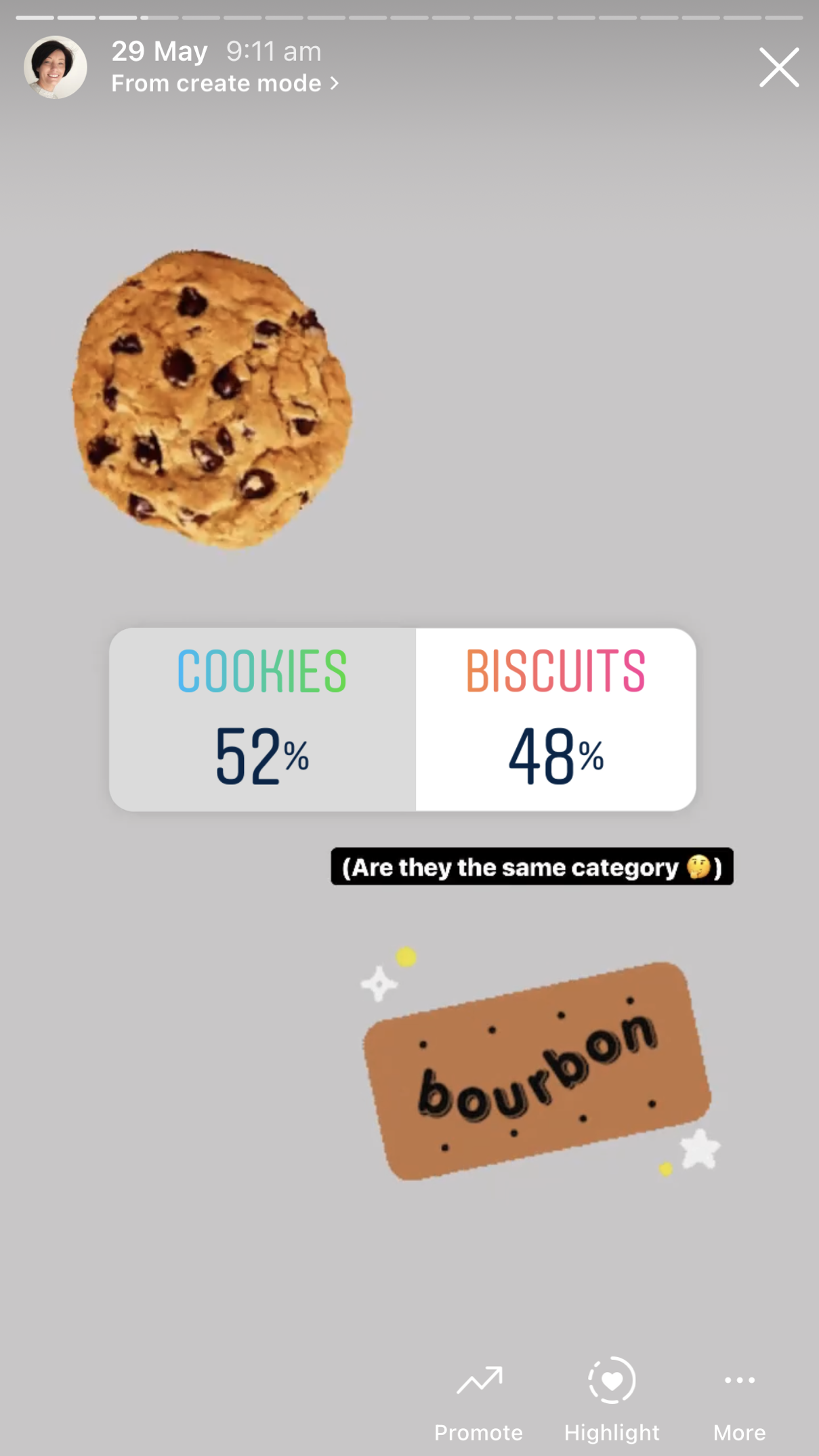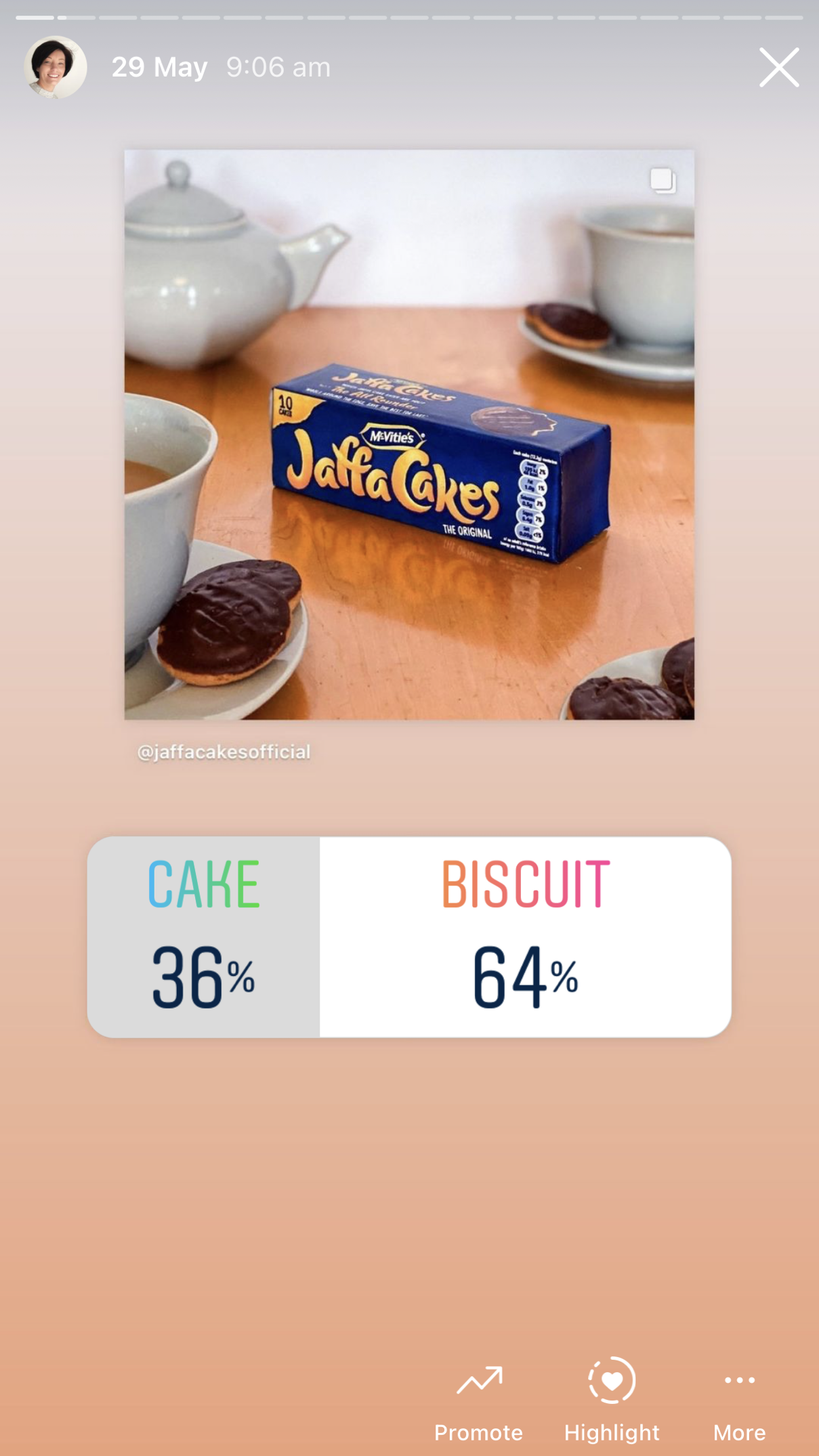Nostalgia marketing is a simple concept. It entails using old, familiar concepts related to happy connotations and fond memories, to build trust for new ideas and brands. What better way to convince your audience that you are worthy of their time than to associate your business or brand with something they already love?
With nostalgia marketing, companies of any age and background can link their brand with old ideas to evoke feelings of security, comfort, and engagement in their audience. This tactic is more popular than ever due to the Covid-19 global pandemic when people began to think about their past experiences, to relive their fondest moments, ignoring the stress of responsibilities and chaos that plagues us in the present. A particularly strong resurgence recently also has been millennials searching for a sanctuary from the stress and confusion of the digital age.
A recent study exploring the effects of COVID-19 on entertainment choices found that more than half of consumers are finding comfort in old TV shows, films, and songs from their youth. Pokémon cards are skyrocketing in value and stars of 2000s TV shows like High School Musical have been a huge hit on Tiktok.
If you are thinking about using the nostalgia content route to gain more traction with your customers, here are a few things you will need to think about first:
- Know your inspiration
- Keep your audience and brand personality in mind
- Pair nostalgia with social media
- Tap into brand history if possible
- Pay close attention to detail
Nostalgia is also a compelling tool for engagement
When customers feel nostalgic, they are naturally inclined to share their thoughts and feelings.
For instance, when you find a chocolate bar from your youth, you do not just want to know about it yourself, you want to share the experience of the find with people who you know share the same memories as you. That makes nostalgia a natural way to make campaigns inherently sharable.
People do not just want to enjoy the memories of a nostalgic taste, image, or sound, they want to be able to share the experience with their friends and family members and say, “Guess what, do you remember this?”
Case Study: World Biscuit Day nostalgia in conjunction with social media
On National Biscuit Day this year, I posted on my Henn at Home Instagram a series of Instagram stories about the day that would both create a nostalgic feeling and great engagement with my 1.7k followers, and it was a success.
I created a few quiz questions, asked my followers to select their favourite dunking biscuit, debate if Jaffa Cakes are really cakes or are they a biscuit, and then asked them about biscuits they remembered from their childhood. The engagement was off the chart for me.
Why was that?
- The stories were interactive – my followers could get involved by using the Instagram stories question box and poll I provided.
- It let my followers express their opinions through questions like “do you think..?” – It wasn’t just all my thoughts.
- It made my followers think back to a time that they associate with a treat especially as a child – A time that was exciting and sentimental for some as they named biscuits they got at their grandparent’s house.
What did I do to follow on from this?
I responded to every single answer or reply I got to my questions, polls, and DMs. By doing so not only did I enjoy sharing the experiences with my followers, I got to chat about other things associated with biscuits. What was once just a single DM turned into a conversation allowing me to get to know my followers better.
The results?
My reach was up by 27% because people were sharing my post, impressions were up because I had more eyes on my account, and my profile visits moved into the double figures. Why? It was fun. It got people reminiscing about nostalgia. Each Instagram story used a different feature and an image that evoked a feeling.
It kept me at the forefront of people’s minds when the subject came up again:
The following week, a person with a big Instagram following shared about the best biscuit, in her opinion, for dunking in your cup of tea. She then tagged me in her Instagram stories and asked for my expert opinion.
She viewed me as the EXPERT.
I was then able to offer my thoughts and share the results from my polls on National Biscuit Day. This created several new views on my profile which then converted to new followers (15 new followers).
A task that took me about 10 minutes led to brand recognition, expertise in the field, a wider audience reach, conversation with people I had not engaged with before and repurposed content creation in the form of blogs, and social media posts.
So, will you be using a nostalgia content strategy this year?
Consumers are craving familiarity. Brands and businesses can fill this gap with uplifting, sentimental content. Will your business be incorporating nostalgia into its content strategy this year? I would love to hear about it!
Related Blogs:
Biscuits and a whole lot of history







